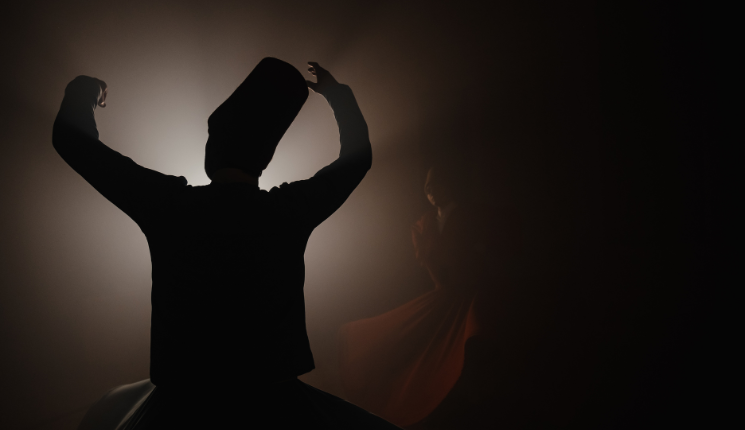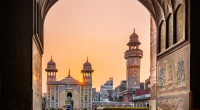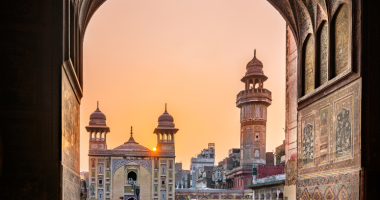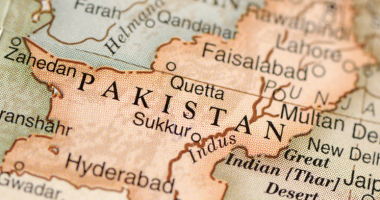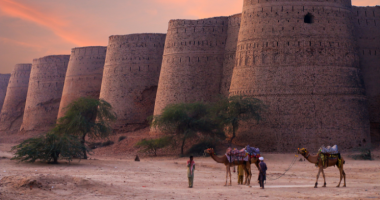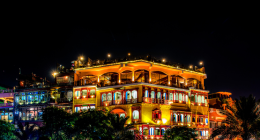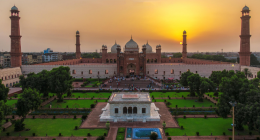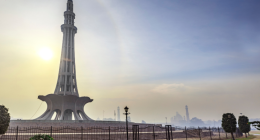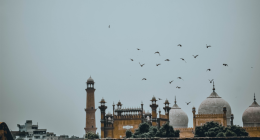When it comes to spiritual journeys, Sufi shrines in Pakistan offer something truly unique. They’re more than just religious sites. In fact, they’re places where history, poetry, music, and mysticism blend beautifully. Whether you’re a traveler, a culture lover, or someone looking to understand inner peace, these shrines can touch your soul in unexpected ways.
From the bustling streets of Lahore to the serene hills of Sindh, Sufi saints have left an unforgettable mark. Their tombs are not just visited for prayers. People come here to dance, sing, and even weep. And what’s amazing is — everyone is welcome.
Why Sufi Shrines in Pakistan Are Unique

Let’s start with the basics. Sufism is the mystical dimension of Islam. Instead of focusing only on rules, it aims for divine love and personal connection with God. That’s why Sufi shrines, or dargahs, are built over the graves of revered saints.
Interestingly, they’re often visited by people from all walks of life — regardless of religion, class, or language. Many believe these saints act as spiritual bridges between heaven and earth. Still, others come simply for the ambiance or to take part in Qawwali (Sufi devotional music).
Moreover, these shrines are deeply tied to local communities. People gather not only for religious reasons but also for social harmony and cultural exchange.
Data Darbar: A Leading Sufi Shrine in Pakistan
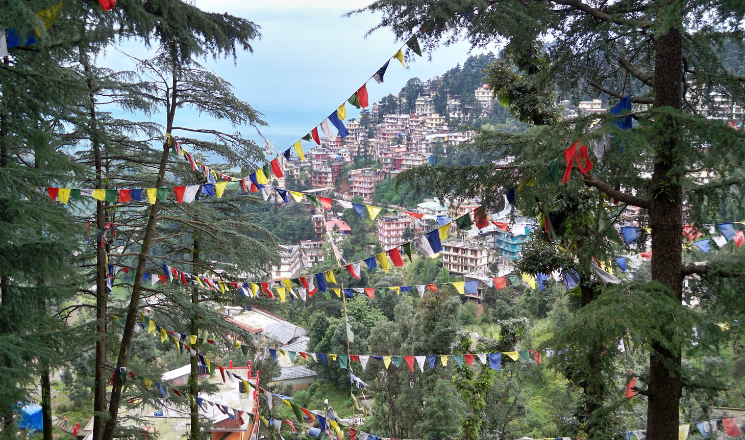
One of the most iconic Sufi shrines in Pakistan is Data Darbar in Lahore. It honors Ali Hujwiri, also known as Data Ganj Bakhsh, a Persian saint who introduced Sufism to South Asia.
You can’t miss it. The shrine is always alive — filled with fragrance, flickering candles, and people reciting poetry. What’s more, the courtyard feels like a living poem, always shifting between silence and rhythm.
Data Darbar is also one of the largest Sufi shrines in South Asia. It regularly hosts spiritual gatherings and Qawwali nights, making it a must-see if you’re exploring Lahore’s spiritual side.
Besides the spiritual charm, the area surrounding the shrine is rich in local flavors and street culture. Don’t be surprised if you end up staying longer than planned.
Sehwan Sharif: Mystic Sufi Shrine of Sindh
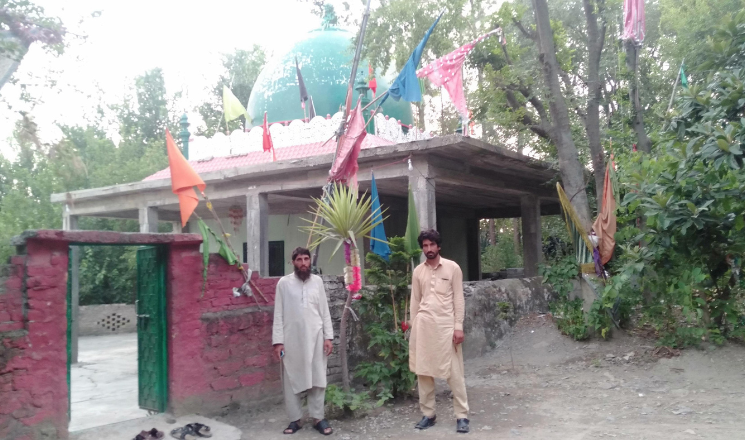
Moving south, you’ll find Sehwan Sharif, home to the legendary Lal Shahbaz Qalandar in Sindh. This saint wasn’t just a Sufi master; he was a poet, philosopher, and revolutionary thinker.
Every Thursday, the shrine transforms into a world of movement and music. The famous dhamaal, a spinning trance dance performed to drums, brings thousands together. For many, it’s more than dance — it’s a way of shedding pain and reconnecting with the divine.
This particular shrine became globally recognized through the folk song Dama Dam Mast Qalandar, which celebrates Lal Shahbaz’s message of love and unity.
In addition to its mysticism, Sehwan Sharif also highlights the blend of Sindhi culture and Islamic spirituality. Travelers often describe it as overwhelming in the best way possible.
Bulleh Shah’s Resting Place: A Sufi Shrine of Rebellion
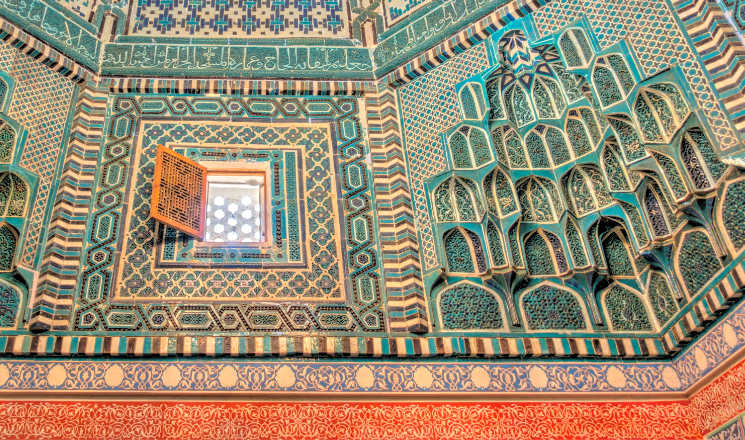
Another major stop is Kasur, where the 18th-century poet-saint Bulleh Shah is buried. Known for his rebellious verses, Bulleh Shah challenged rigid religious practices and preached love over dogma.
His shrine might be smaller in size, but its energy is mighty. Here, his Punjabi poetry echoes across the marble walls. People often leave flowers and sit in silent contemplation.
You can often catch Qawwals singing his verses — their voices rising and falling like waves, carrying messages of divine love and social justice.
Unlike the grand energy of Sehwan, Bulleh Shah’s resting place offers quiet reflection. Yet, it’s equally transformative.
Multan’s Sacred Sites: The City of Sufi Shrines
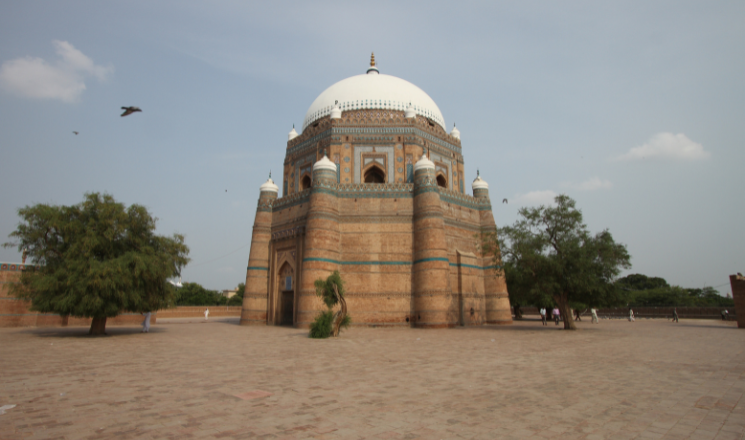
Multan is often called the “City of Saints,” and it lives up to the name. You’ll find dozens of Sufi shrines in Pakistan here, but three stand out:
- Shah Rukn-e-Alam
- Bahauddin Zakariya
- Shah Shams Tabrez
Shah Rukn-e-Alam’s shrine, in particular, is a masterpiece of pre-Mughal architecture with its blue tiles and domed structure. Inside, the sense of peace is almost physical.
Bahauddin Zakariya and Shah Shams both contributed immensely to the spread of Islam and Sufi thought in South Asia. Today, their tombs are gathering spots for those seeking healing, wisdom, or a spiritual reboot.
Multan’s spiritual depth makes it more than a historical stop — it’s a place where stories breathe and history still speaks.
Celebrating Urs Festivals at Pakistan’s Sufi Shrines
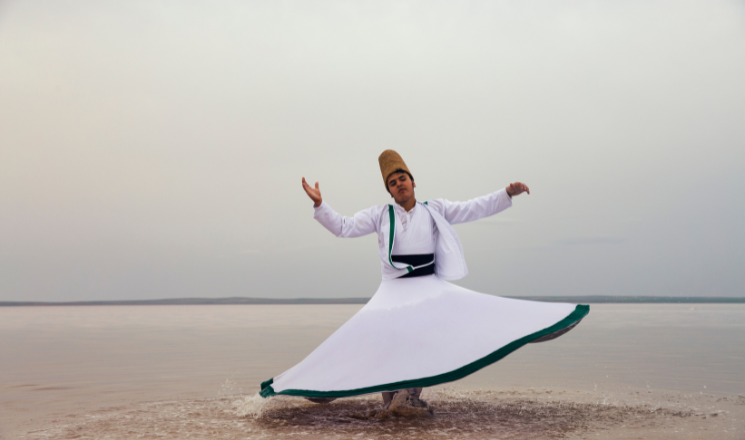
One of the best times to visit Sufi shrines in Pakistan is during Urs, which marks the death anniversary of a saint. Ironically, it’s not mournful at all. Instead, it’s seen as a “wedding night” — when the saint reunited with the Divine.
The celebrations can last for days and include:
- Sufi poetry recitals
- Whirling dances
- Spiritual lectures
- Free communal meals (langar)
The Urs of Lal Shahbaz Qalandar attracts over a million visitors every year. Similarly, the Urs at Data Darbar draws pilgrims from across the country.
What’s touching is the diversity of people at these events. Rich or poor, urban or rural — everyone shares the same ground, food, and spiritual experience.
Digital Tools to Explore Sufi Shrines

Traveling to Sufi shrines in Pakistan is easier than ever with a little help. Here are a few apps and tools to enhance your journey:
- Google Maps – Navigate through cities and locate even remote shrines
- Sufi Trail App – Curated lists of popular Sufi sites and detailed routes
- UrduPoint – Cultural translations and context for poetry and events
- Pak Heritage App – Rich historical data on Pakistan’s sacred landmarks
These tools will help you plan better and understand what you’re experiencing on a deeper level.
That said, don’t overlook the wisdom of locals. Many shrine caretakers have stories you won’t find online or in guidebooks.
Spiritual Lessons from Sufi Shrines in Pakistan
Ultimately, Sufi shrines in Pakistan are about more than just sightseeing. They serve as reminders that love, music, and human connection transcend boundaries.
They invite you to slow down, listen, and reflect — not just on faith, but on what it means to be human. Whether it’s the poetry of Bulleh Shah or the drumbeats of Lal Shahbaz, something inside you changes after each visit.
And even if you’re not religious, these places welcome you with open arms — reminding us that, sometimes, spirituality begins with curiosity.
Final Thoughts: A Journey to Remember
In a world full of noise, the Sufi shrines in Pakistan offer moments of peace and connection. They’re not just part of Islamic history; they’re living spaces where traditions, emotions, and people converge.
So, whether you’re planning a detailed pilgrimage or just curious about Sufism, these shrines promise something unforgettable. They aren’t just places to see. They’re places to feel.

